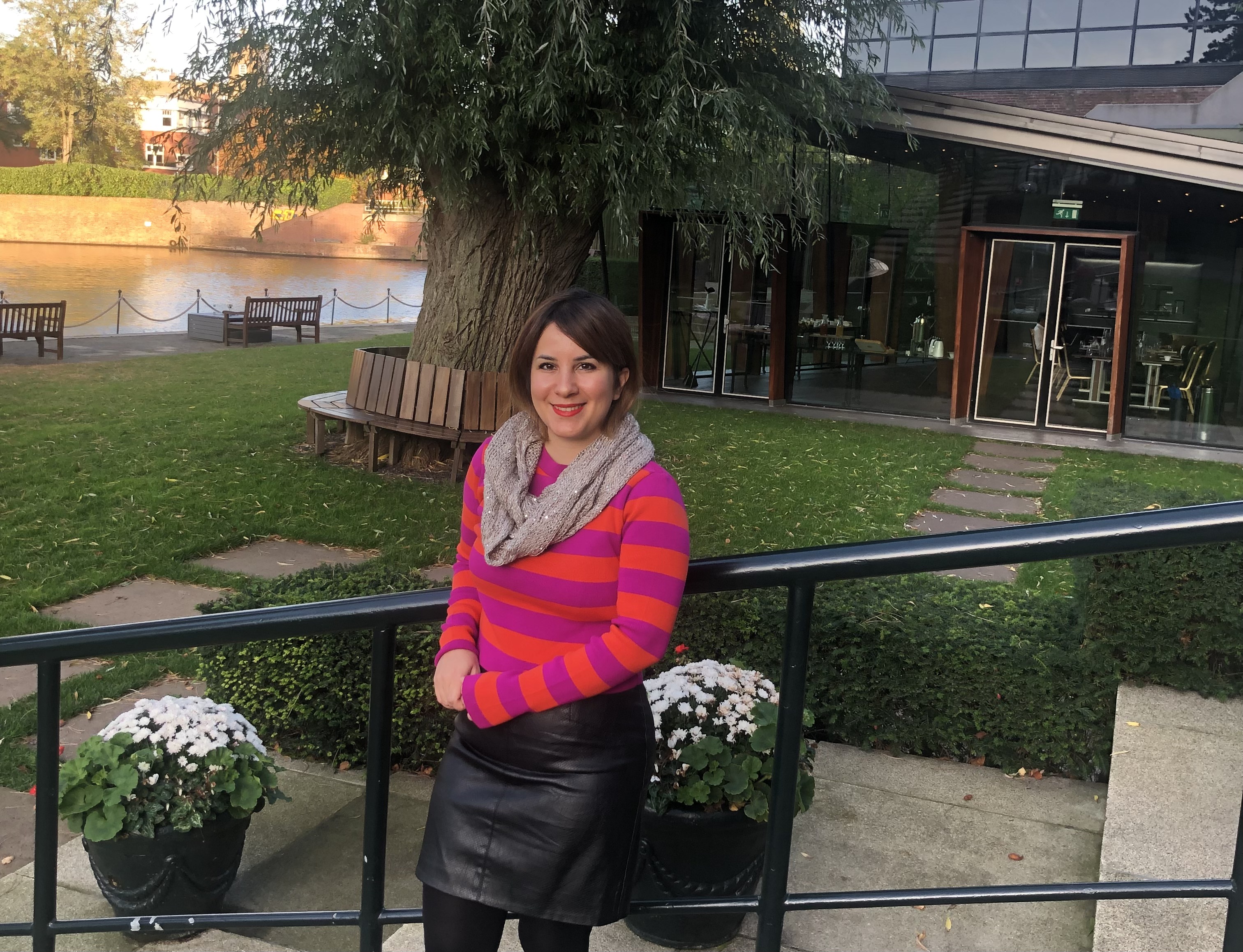SPIN ESR 3.4: Ambient signals as a tool to characterize material properties
Name: Mahsa Safarkhani 
Institution: University of Hamburg (UHH)
Email: mahsa.safarkhani@uni-hamburg.de
PhD title and defense date: Seasonal Variability of Microseism Sources: Characterization and Impact on Noise Correlation, July 2, 2025.
Introduction
I am Mahsa Safarkhani, PhD student of SPIN-ITN at the University of Hamburg. I completed my MSc in Geophysics at University of Tehran, Iran. The main focus of previous research concerned detecting and eliminating incoherent signals in order to retrieve the reliable and stable reference cross-correlation signals out of ambient seismic noise data. My interests and experiences in noise-based studies, large scale data analysis, signal processing, coherence-based techniques and microseisms encouraged me to continue my journey in the more challenging project. My PhD project concentrates on better understanding noise generation mechanisms and their effects on the cross-correlation wave fields to interpret the real changes in the Earth’s structure as accurately as possible. I am enjoying working in a professional environment which develops my aspiration to contribute to the road towards Earth science studies.
Publication
S. Schippkus, M. Safarkhani, C. Hadziioannou, Continuous isolated noise sources induce repeating waves in the coda of ambient noise correlations, Seismica, 2023, https://seismica.library.mcgill.ca/article/view/499/1174
M. Safarkhani*, S. Schippkus, C. Hadziioannou [2023]. “Array beamforming on ambient seismic noise correlations reveals repeating direct waves in the coda”. EGU23-7003, EGU General Assembly 2023
S. Schippkus*, R. Snieder, M. Safarkhani, and C. Hadziioannou [2023]. “The impact of isolated noise sources on correlation wavefields”. EGU23-124, EGU General Assembly 2023
T. Shirzad*, M. Safarkhani, M. Assumpção [2022]. “Extracting reliable empirical Green’s functions using weighted cross-correlation functions of ambient seismic noise in west-central and southern Brazil”. Geophysical Journal International, 230(2), 1441–1464, doi: 10.1093/gji/ggac126
M. Safarkhani*, T. Shirzad [2021]. “Improvement in the Empirical Green’s function Extraction using Root Mean Square Ratio Stacking”. Journal of the Earth and Space Physics, 46, 39-48. doi:10.22059/jesphys.2020.281801.1007119
M. Safarkhani*, T. Shirzad [2019]. “Improving C1 and C3 Empirical Green’s Functions from ambient seismic noise in NW Iran using RMS ratio stacking method”. Journal of Seismology, 23, 787-799. doi: 10.1007/s10950- 019-09834-1
M. Safarkhani*, T. Shirzad [2019]. “The Weighted RMS stacking to retrieve empirical Green’s functions from ambient seismic noise”. International Conferences of Seismology and Earthquake Engineering (SEE8)
M. Safarkhani, T. Shirzad* [2017]. “Investigation of scattered coda correlation functions from noise correlation functions, in retrieving optimized empirical Green’s functions in Azerbaijan Region, Iran”. Journal of the Earth and Space Physics, 43, 323-337. doi:10.22059/jesphys.2017.60286
Research progress